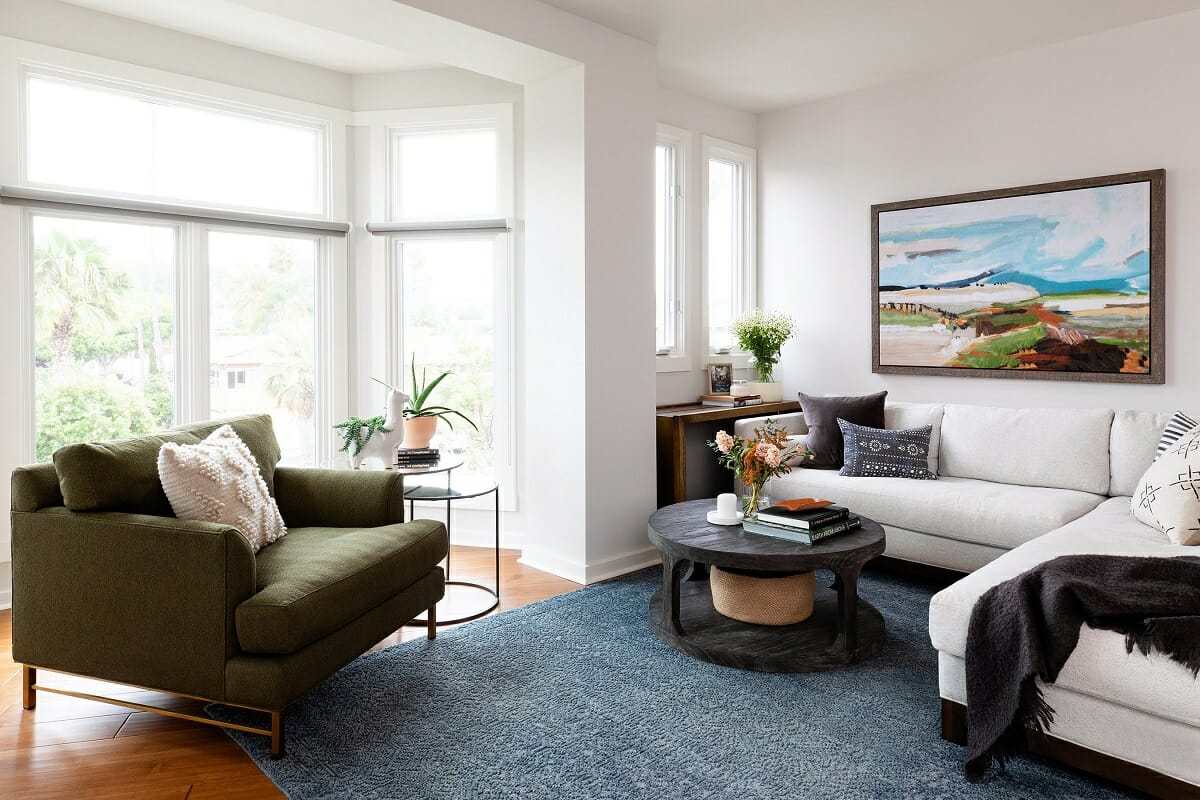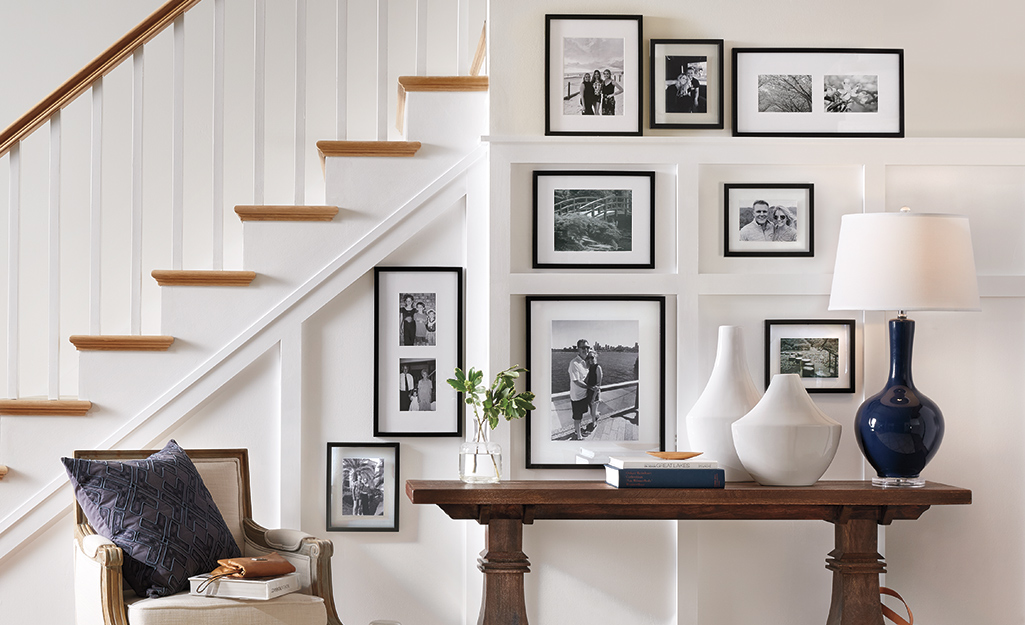How to use geometric patterns in photo walls for stunning displays
As a professional photographer, you understand the power of visual storytelling. One way to elevate your photo displays is by incorporating geometric patterns into your photo walls. This approach not only enhances the aesthetic appeal but also adds a sense of rhythm and balance to your compositions. In this article, we will explore how to effectively use geometric patterns to create visually captivating photo walls that can captivate and engage your audience.

Understanding Geometric Patterns
Before diving into the practical aspects, it's crucial to understand what geometric patterns are. These patterns are composed of repeated shapes, lines, and forms, such as triangles, circles, and squares. They can provide structure and harmony to your photo walls, drawing the viewer's eye across the display. By using geometric patterns, you can guide the viewers gaze, creating a dynamic flow throughout the visual narrative.
Choosing the Right Patterns
When choosing geometric patterns for your photo walls, consider the overall theme and mood you want to convey. For instance, triangles can introduce a sense of movement and direction, while circles can evoke feelings of completeness and unity. Squares and rectangles, on the other hand, can impart a sense of stability and order. Select patterns that complement the emotions you wish to evoke through your photographs.
Integrating Patterns with Your Photos
To seamlessly integrate geometric patterns with your photos, consider using frames, mats, or backgrounds that feature these designs. For example, a series of photos framed with circular mats can create a cohesive and unified look. Alternatively, you can use patterned wallpapers or textiles as backdrops for your photo walls to enhance the thematic consistency. For more ideas on creating artistic photo wall backdrops, you can refer to this post.
Creating Balance and Harmony
Balance is a key element in any artistic composition, and photo walls are no exception. When using geometric patterns, strive to achieve a harmonious balance between the shapes and your photos. This can be done by alternating between different patterns, or by using negative space strategically. Consider the size and placement of each photo in relation to the pattern to ensure a well-balanced and aesthetically pleasing display.
Experimenting with Color
Color plays a significant role in enhancing the visual impact of your photo walls. When incorporating geometric patterns, experiment with a color palette that complements your photos. Bold, contrasting colors can create a striking effect, while subtle, monochromatic tones can lend an air of sophistication. For inspiration on balancing themes and colors in your photo walls, check out this article.
Practicing the Art of Placement
The placement of your photos in relation to the geometric patterns is crucial for achieving the desired visual impact. Experiment with different arrangements to find the most effective layout. Consider using the rule of thirds, symmetry, or asymmetry to create dynamic and engaging compositions. Remember, the goal is to guide the viewers eye and enhance the storytelling aspect of your photo wall.

FAQs
What types of geometric patterns work best for photo walls?
The type of geometric patterns that work best for photo walls depends on the theme and mood you want to convey. Triangles, circles, and squares are popular choices due to their versatility and visual appeal.
How can I ensure my photo wall remains cohesive?
To ensure cohesion, choose a consistent color palette and use similar framing or matting styles. Balance the patterns with negative space and ensure the themes of your photos align with the patterns used.
Can I mix different geometric patterns on the same photo wall?
Yes, mixing different geometric patterns can add visual interest and depth to your photo wall. However, it's essential to maintain a sense of balance and harmony to avoid overwhelming the viewer.
For additional information on decorating with art, you can visit Homes and Gardens.

